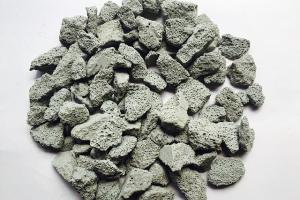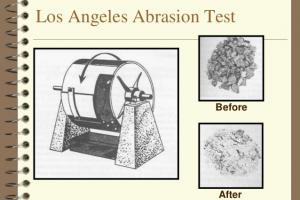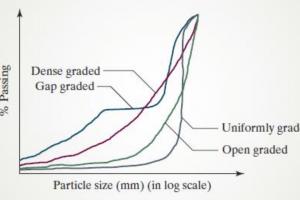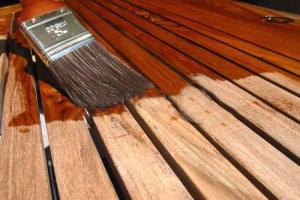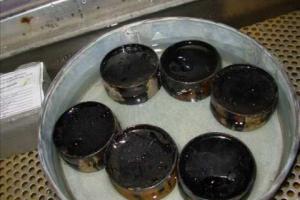Engineering Properties of Cement
Concrete is a compound material made from sand, gravel and cement. The cement is a mixture of various minerals which when mixed with water, hydrate and rapidly become hard binding the sand and gravel into a solid mass. The oldest known surviving concrete is to be found in the former Yugoslavia and was thought to have been laid in 5,600 BC using red lime as the cement. The first major concrete users were the Egyptians in around 2,500 BC and the Romans from 300 BC The Romans found that by mixing a pink sand-like material which they obtained from Pozzuoli with their normal lime-based concretes they obtained a far stronger material.
The pink sand turned out to be fine volcanic ash and they had inadvertently produced the first 'pozzolanic' cement. Pozzolana is any siliceous or siliceous and aluminous material which possesses little or no cementitious value in itself but will, if finely divided and mixed with water, chemically react with calcium hydroxide to form compounds with cementitious properties. The Romans made many developments in concrete technology including the use of lightweight aggregates as in the roof of the Pantheon, and embedded reinforcement in the form of bronze bars, although the difference in thermal expansion between the two materials produced problems of spalling. It is from the Roman words 'caementum' meaning a rough stone or chipping and 'concretus' meaning grown together or compounded, that we have obtained the names for these two now common materials



